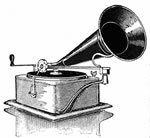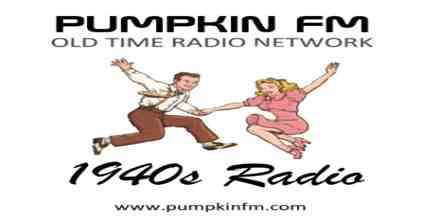The 1940s marked a transformative decade in music history, characterized by a blend of innovation and tradition that laid the groundwork for many genres to come. This era saw the evolution of swing into big band music, the rise of bebop in jazz, the emergence of rhythm and blues, and the beginning of country music's commercial success. The 1940s were also a time when popular music began to reflect the societal changes brought about by World War II, including themes of patriotism, love, and longing.
Big band music dominated the early part of the decade. Led by legendary figures like Glenn Miller, Tommy Dorsey, and Benny Goodman, big bands featured large ensembles with multiple brass, woodwind, and rhythm sections. Their music was characterized by intricate arrangements and a polished sound that appealed to both dancers and listeners. Songs like "In the Mood" by Glenn Miller and "Chattanooga Choo Choo" by Glenn Miller and His Orchestra became iconic anthems of the era.
As the decade progressed, bebop emerged as a revolutionary force in jazz. Pioneered by musicians like Charlie Parker, Dizzy Gillespie, and Thelonious Monk, bebop was marked by fast tempos, complex chord progressions, and improvisational virtuosity. This style contrasted sharply with the smoother sounds of big band swing, reflecting a desire for musical freedom and individual expression.
Rhythm and blues (R&B) also began to take shape in the 1940s, drawing from African American musical traditions such as gospel, blues, and jazz. Artists like Louis Jordan and Billie Holiday blended these influences with popular music styles, creating a sound that was both soulful and danceable. Songs like "Caldonia" by Louis Jordan and His Tympany Five and "Strange Fruit" by Billie Holiday highlighted the emotional depth and social commentary of R&B.
Country music experienced significant growth during this period, driven by the popularity of radio broadcasts and live performances at honky-tonks and dance halls. Artists like Hank Williams, Patsy Cline, and Lefty Frizzell brought a raw, authentic sound to country music, blending traditional folk elements with modern production techniques. Songs like "Lovesick Blues" by Hank Williams and "I'm Sorry" by Brenda Lee showcased the genre's storytelling prowess and emotional resonance.
The 1940s also saw the rise of vocal groups and crooners who became household names. Frank Sinatra, Bing Crosby, and Nat King Cole were among the most popular singers of the decade, known for their smooth voices and romantic ballads. Their music provided comfort and escapism during a time of global conflict, making them beloved figures in American culture.
In addition to these major genres, the 1940s witnessed the emergence of Latin music influences, particularly through the popularity of mambo and rumba. Artists like Desi Arnaz and Xavier Cugat introduced these rhythms to mainstream audiences, contributing to a rich tapestry of musical styles that defined the decade.
The technological advancements of the 1940s also played a significant role in shaping the music industry. The introduction of vinyl records and improved radio broadcasting allowed for wider distribution and accessibility of music. These innovations enabled artists to reach larger audiences, fostering a more interconnected musical landscape.
Overall, the 1940s were a decade of musical innovation and diversity, setting the stage for the explosive growth of popular music in the following decades. The fusion of various styles and influences created a rich musical heritage that continues to inspire and influence artists today.
 The UK 1940s Radio StationThe UK 1940s Radio Station
The UK 1940s Radio StationThe UK 1940s Radio Station 1.2k
1.2k
 3
United Kingdom 40s
3
United Kingdom 40s Pumpkin FM 1940s RadioPumpkin FM 1940s Radio
Pumpkin FM 1940s RadioPumpkin FM 1940s Radio 770
770
 3
United Kingdom 40s
3
United Kingdom 40s
